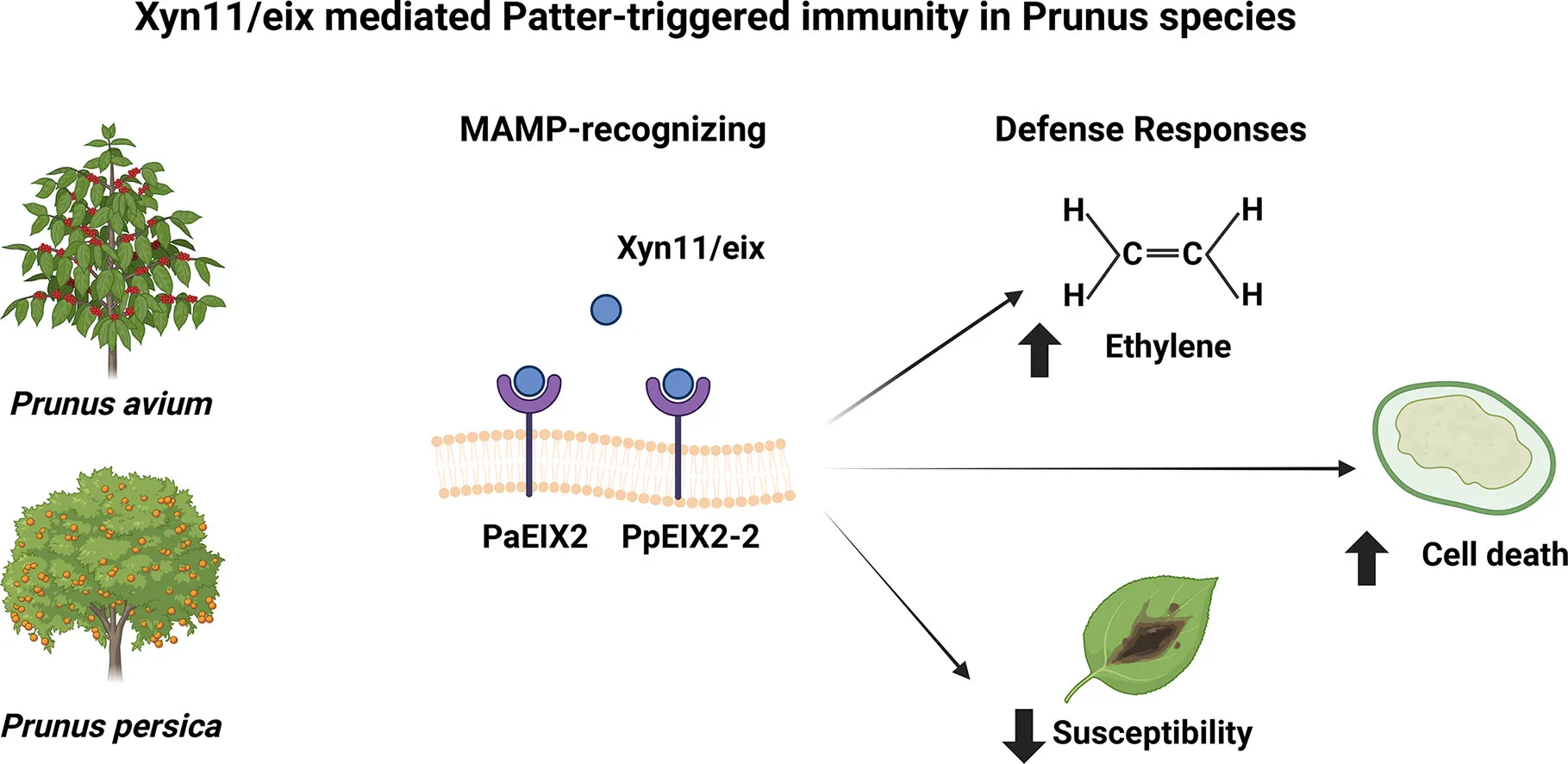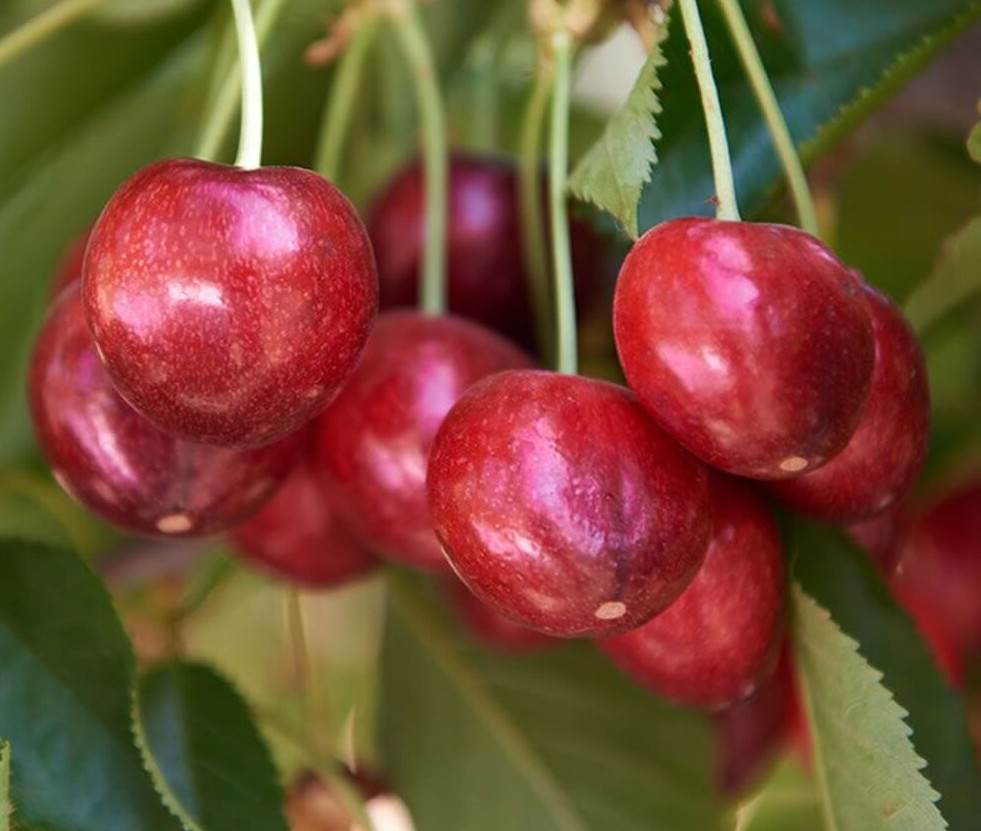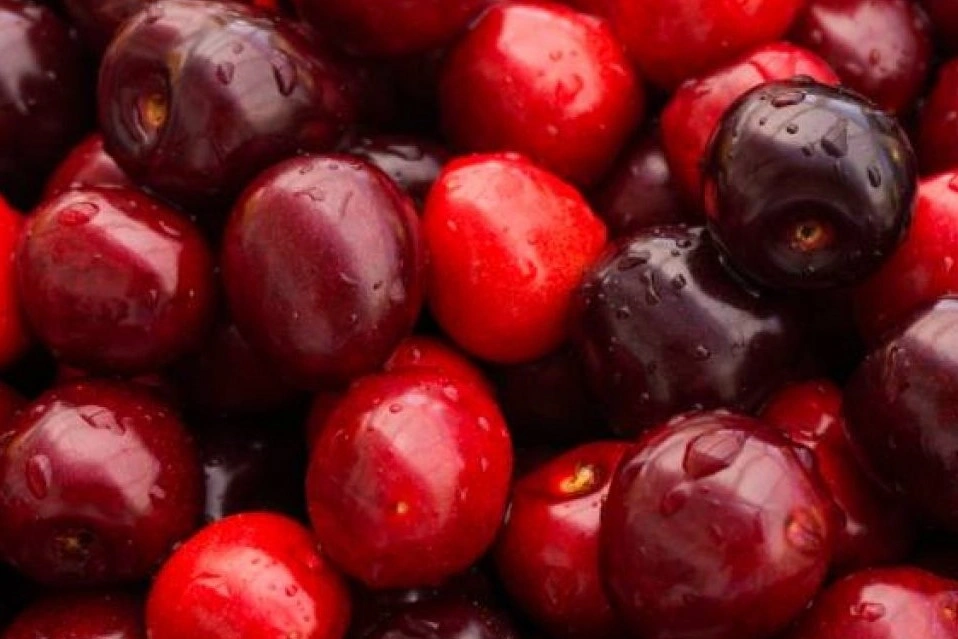Plants, to identify potential pathogens, use two types of immune receptors: those on the cell surface and those inside the cell. In this article, we will focus on cell surface receptors, which are responsible for detecting pathogen-derived molecules that accumulate between plant cells, activating the plant's first line of defense known as Pattern-Triggered Immunity (PTI).
Pattern Recognition Receptors (PRRs) are specialized proteins located on the plasma membrane and are the basis of this system. They function as sentinels, continuously monitoring the environment for molecular patterns, that is, specific chemical compounds produced by microorganisms.
Once the foreign molecule is recognized, a complex cascade of signals is initiated, resulting in a complete series of genetic and physiological responses that serve to limit the attack of pathogens. This natural system of response to potential attacks from external agents is an interesting form of defense that, if well understood, could also be activated in cultivated crops to increase their resistance and thus reduce the number of chemical treatments required in the cultivation cycle.
It has already been observed that arabidopsis, apple, tomato, rice, corn, and cassava exhibit common responses, despite the natural variation in pattern-triggered immunity responses among plants in terms of intensity, timing, and receptor repertoire.
For example: the induction of disease resistance, the biosynthesis of hormones (ethylene and/or salicylic acid), and transcriptional reprogramming. It has been observed that pathogens of Trichoderma and Botrytis species produce an elicitor (a substance capable of inducing a defensive response in the plant) called Xyn11/eix. Elucidating the recognition system in Prunus could provide a basis for developing targeted disease control strategies.
 Image 1.
Image 1.
Thanks to the cooperation between Chilean and Israeli research institutes, this study analyzed the function of pattern-triggered immunity in peach and sweet cherry, induced by the fungal elicitor Xyn11/eix. The results showed that Xyn11/eix induces two distinct defense responses: the induction of cell mortality and the increase in ethylene production.
Moreover, the susceptibility to Botrytis cinerea infection in both species was significantly reduced thanks to the pattern-triggered immunity mediated by Xyn11/eix.
The investigation also revealed changes in gene expression patterns following treatment with Xyn11/eix. It is important to note that the genes involved in the biosynthesis of salicylic acid and ethylene are upregulated in peach but not in cherry. This result implies that in peach, the ethylene and salicylic acid signaling pathways may be involved in the response the plant produces when it comes into contact with the elicitor Xyn11/eix. Furthermore, the research revealed that both peach and cherry exhibit Xyn11/eix receptors similar to those found in tomato.
Overall, these results indicate a remarkable functional convergence between the Rosaceae and Solanaceae families in Xyn11/eix-mediated defense responses, even though not at the transcriptional level. This discovery offers new opportunities for the development of innovative strategies for controlling stone fruit diseases.
Source: Andree Alvarez, Uri Aceituno-Valenzuela, Meirav Leibman-Markus, Daniela Muñoz, Carlos Rubilar, Franco Figueroa, Manuel Pinto, Mauricio Latorre, Claudia Stange, Adi Avni, Maya Bar, Lorena Pizarro, "Discovery of functional PRRs for the fungal elicitor Xyn11/eix in Prunus fruit trees", Plant Stress, Volume 14, 2024, 100567, ISSN 2667-064X, https://doi.org/10.1016/j.stress.2024.100567.
Images: Alvarez et al.; Sl Fruit Service
Melissa Venturi
University of Bologna (IT)
Cherry Times - All rights reserved













